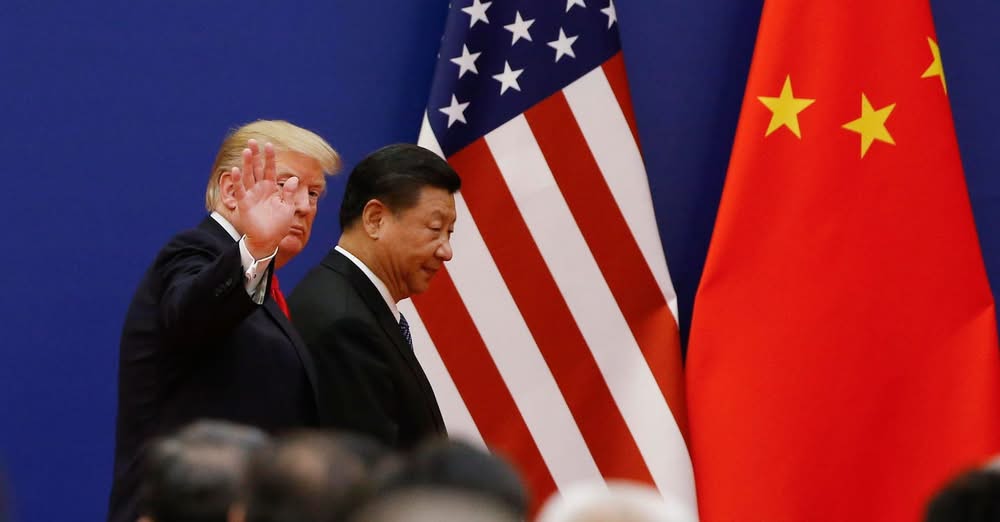The upcoming summit between top U.S. and Chinese economic leaders marks a critical moment in global trade diplomacy. It will be the first high-level meeting since the 2025 trade war ignited tensions between the world’s two largest economies. Expectations are running high as both sides seek a way to stabilize relations and address longstanding economic grievances.

In a surprising signal ahead of the summit, President Donald Trump indicated that the U.S. may significantly reduce tariffs on Chinese imports. This move is seen as a potential olive branch aimed at easing tensions and setting the stage for more constructive talks. However, despite the proposed reductions, the tariffs would still remain much steeper than those in place before the trade conflict erupted.
Analysts caution that while the shift may open space for negotiation, it doesn’t undo the damage of years-long economic strain. Businesses on both sides have adapted to a new normal of higher costs and disrupted supply chains. The real test will be whether this summit leads to long-term policy changes or just a temporary pause in economic friction.
